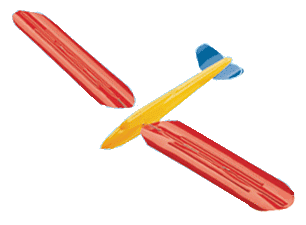I think I feel insulted.Like all pictures made by aerodynamicists, it uses a colour palette designed by old hippies.
HAHAHAHAHA
.
@ hardingfv32: ref the second paper, Is that the paper with the wheel with 15 holes in it?
I'm not sure I'm finding that exact paper


